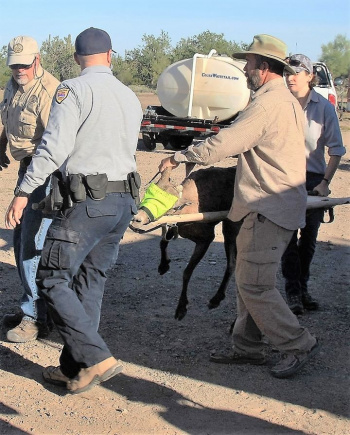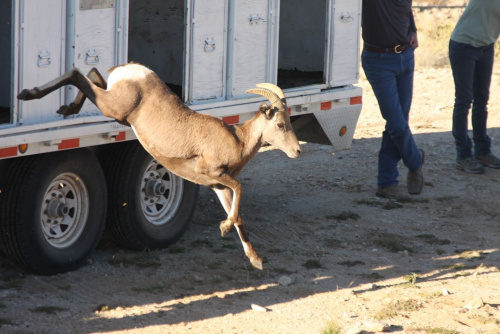Related Stories
- On the Arizona Strip, Now is the Time for Fire and Fuels Work
- Aerial sagebrush seeding helps restore Robertson Draw Fire burn area
- A day on patrol with BLM Arizona Ranger Rocco Jackson
- Long-term partnership between BLM Fire and United States Air Force builds national firefighting capacity and accomplishes critical fuels work
- Celebrating volunteers across the Colorado River District
Office
3201 E. Universal Way
Tucson, AZ 85756
United States
Phone:
Email:


